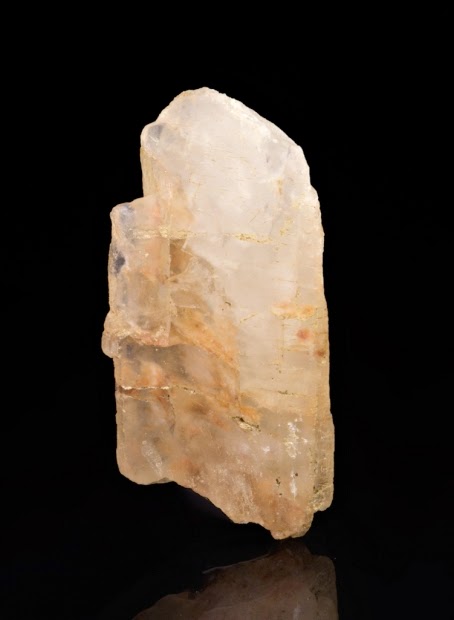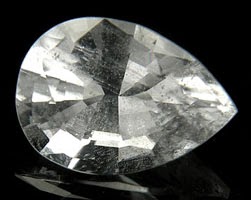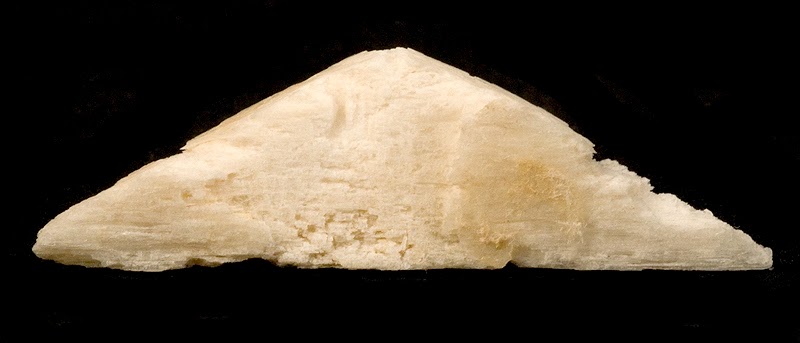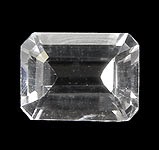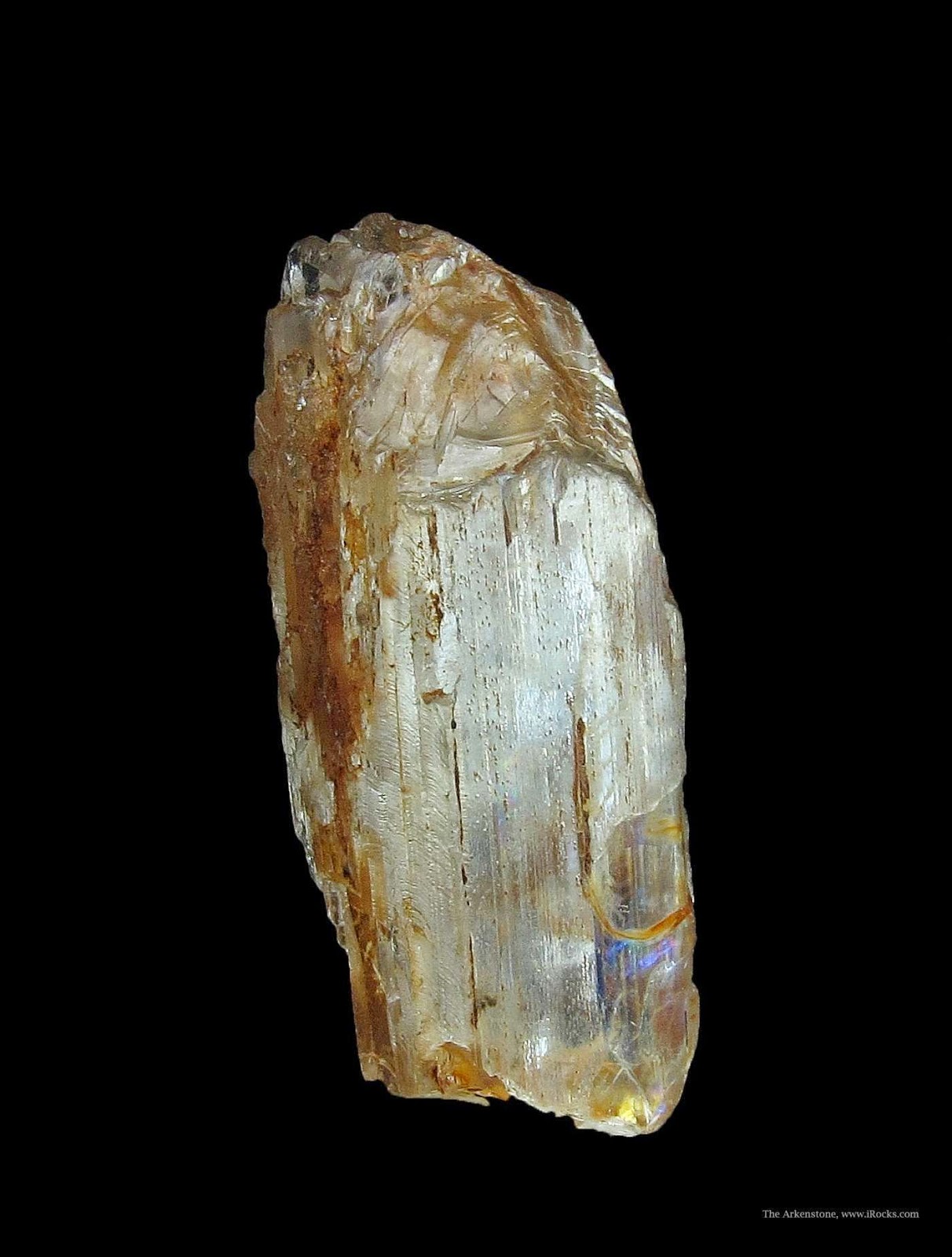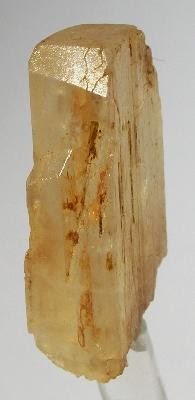
Chemical Formula: Be2(BO3)(OH)
Locality: Helgeroa, Langesundsfjord, Norway.
Name Origin: Named for Axel Hamberg (1863-1933), Swedish mineralogist and geographer.
Hambergite (Be2(BO3)(OH)) is a beryllium borate mineral named after Swedish explorer and mineralogist Axel Hamberg (1863–1933). The mineral occurs as white or colorless orthorhombic crystals.
Occurrence
Hambergite occurs in beryllium bearing granite pegmatites as a rare accessory phase. It occurs associated with beryl, danburite, apatite, spodumene, zircon, fluorite, feldspar and quartz.
It was first described by mineralogist and geographer W. C. Brøgger in 1890. The type locality is Salbutangen, Helgeroa, Langesundsfjorden, Larvik, Vestfold, Norway where it was found in a pegmatite dike of nepheline syenite composition.
Physical Properties
Cleavage: {010} Perfect, {100} Good
Color: Colorless, Gray white, Yellowish white, White.
Density: 2.372
Diaphaneity: Transparent to Translucent
Fracture: Brittle – Generally displayed by glasses and most non-metallic minerals.
Hardness: 7.5 – Garnet
Luminescence: Non-fluorescent.
Luster: Vitreous – Dull
Streak: white
Photos :
